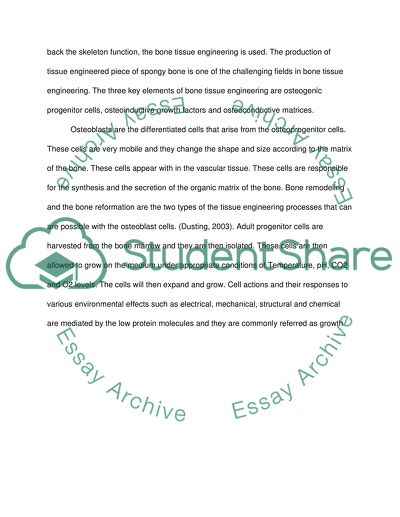Cite this document
(Bioreactor Systems Case Study Example | Topics and Well Written Essays - 2000 words, n.d.)
Bioreactor Systems Case Study Example | Topics and Well Written Essays - 2000 words. Retrieved from https://studentshare.org/biology/1564042-design-a-bioreactor-that-can-replicate-the-in-vivo-loading-conditions-experienced-by-bone-cells-in-the-body
Bioreactor Systems Case Study Example | Topics and Well Written Essays - 2000 words. Retrieved from https://studentshare.org/biology/1564042-design-a-bioreactor-that-can-replicate-the-in-vivo-loading-conditions-experienced-by-bone-cells-in-the-body
(Bioreactor Systems Case Study Example | Topics and Well Written Essays - 2000 Words)
Bioreactor Systems Case Study Example | Topics and Well Written Essays - 2000 Words. https://studentshare.org/biology/1564042-design-a-bioreactor-that-can-replicate-the-in-vivo-loading-conditions-experienced-by-bone-cells-in-the-body.
Bioreactor Systems Case Study Example | Topics and Well Written Essays - 2000 Words. https://studentshare.org/biology/1564042-design-a-bioreactor-that-can-replicate-the-in-vivo-loading-conditions-experienced-by-bone-cells-in-the-body.
“Bioreactor Systems Case Study Example | Topics and Well Written Essays - 2000 Words”, n.d. https://studentshare.org/biology/1564042-design-a-bioreactor-that-can-replicate-the-in-vivo-loading-conditions-experienced-by-bone-cells-in-the-body.


